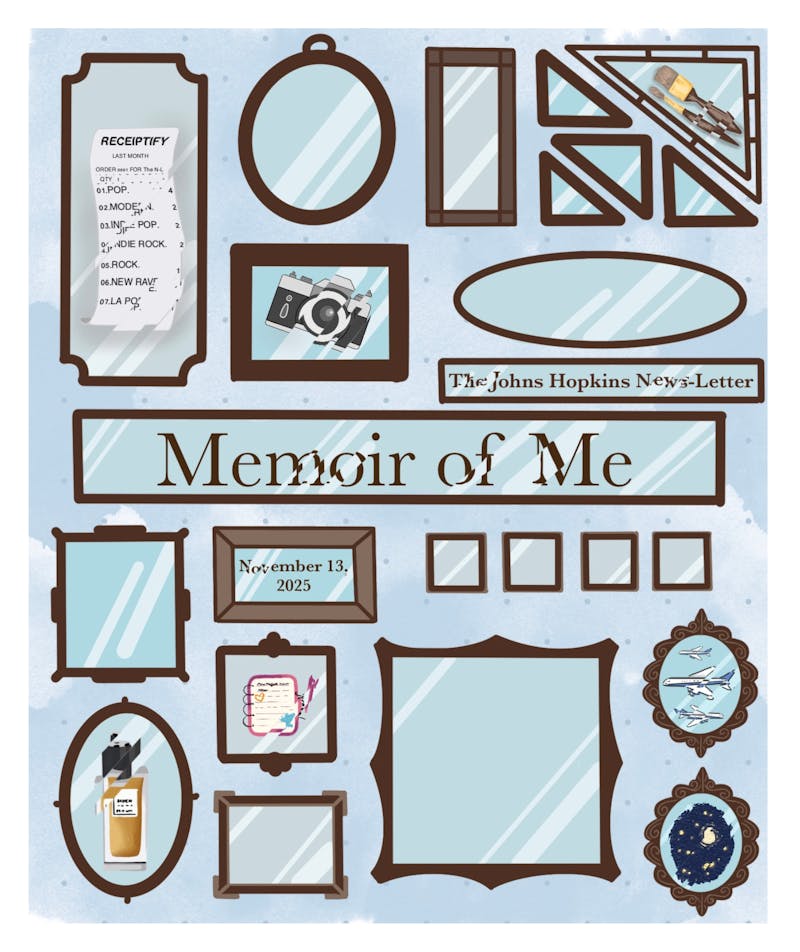When one considers the monumental success of "Where the Wild Things Are," Maurice Sendaks's widely read and cherished children's book, it is hard to imagine a movie that lives up to the hype. Indeed, both fans and critics have been skeptical of Spike Jonze's film since its first day of production: How can a movie properly treat such a surreal and nebulous story?
The truth is that it can't. Not quite, anyway. Jonze's film, for all its merit, cannot mimic the emotional response that the novel can evoke so easily. While watching the film, one who is familiar with the book will realize that the two stories are very different from one another. In dragging the tale to the silver screen, much of its magic has been lost. This "Wild Things" is not the one of our youth.
To say that the movie is different from the book, though, is not necessarily a criticism. The film, featuring Max (Max Records) as the costumed protagonist, has many shining moments. It tells the story of boy forced to cope with sudden, vicious change - namely, the divorce of his dad and mom (played by Catherine Keener).
Max blames himself for his parents' divorce and as a result he wants to vindicate himself in every aspect of his life. The combination of guilt and anger at feeling guilty makes Max act out and soon he finds himself running away from his home as fast as he can.
At this point, the movie loses its grip on reality. Before he knows it, Max finds himself sailing towards a mysterious island. Upon his arrival, he comes across large, strange, even wild beasts, one of which is destroying everything he can get his claws on.
As Max makes himself known to them, it is this angry beast, Carol (voiced by James Gandolfini) who comes to his aid. He is all too willing to convince the others that Max is a "king," and that he will solve all their problems.
At this point, the beasts talk about other "kings" whom they have eaten in the past. While this review would usually welcome the creepy, macabre and the weird in any given film, the danger of the main protagonist - a child - being eaten by wild creatures is a bit much to swallow. Instead of warming up to these beasts - who, in actuality, resemble massive, bloodthirsty versions of stuffed animals - the audience may inadvertently vilify them.
For a time, the film becomes pure, childlike fantasy. The wild things (voiced by a variety of Hollywood regulars, including Paul Dano, Catherine O'Hara, Forest Whitaker and Chris Cooper) treat Max like royalty. Together, the group builds an enormous, hive-like shelter in which they can all live together.
As the movie progresses, relations between Max and these beasts transform from sweet to very sour. It is quickly apparent to the beasts that the little king cannot solve their problems.
And what is the main point of contention among the beasts? KW (voiced by Lauren Ambrose), a close friend to Carol, has moved away from the beasts. Instead, she seems to prefer the company of two small owls. Just as change and abandonment are wreaking havoc on Max's life, they seem to be causing drama within the world of the wild.
As time goes on, the beasts become more irritated and - in the case of Carol - more violent. As disenchantment spreads, the wonder and magic of the island turns into alienation and danger.
No longer is the land of wild things an escape from an unfair and harsh reality. The problems that plague Max permeate into this strange, surreal paradise, and the little king realizes that he can't run away from the realities of his life.
Parallels seem obvious? This is, after all, a film based on a children's book, and thus its simplistic analogies are somewhat understandable. Carol can be viewed as a counterpart to Max - both are creatures unwilling to embrace a painful change. When KW leaves the group to be with two small animals, one immediately thinks of a parent leaving to take care of her children. As Max bonds with KW, the audience is reminded of a mother caring for her son.
Apart from obvious metaphors, the film also slows down around halfway through. After the novelty of the situation wears off, the movie stalls before any interesting conflict - namely Carol's realization that Max will not save anything - brings the movie back to life.
As was previously mentioned, the film doesn't deliver the magic that made the book such an instant classic. While it fails in that sense, it is certainly not a failure. Jonze has crafted a film that tells a child's story without babying the audience. He captures the fear, mystery, excitement, disillusionment, terror and pure joy that shape any kid's life. He creates a surreal environment that exists outside the realm of mature, well-reasoned reality - exactly, in fact, what the world looks like to a child. The film is powerful because it recognizes that being a child is not only different, but, at times, utterly terrifying. For them, the world can seem foreign, strange - even wild.


